This site contains affiliate links. I may earn a small commission, at no extra cost to you.
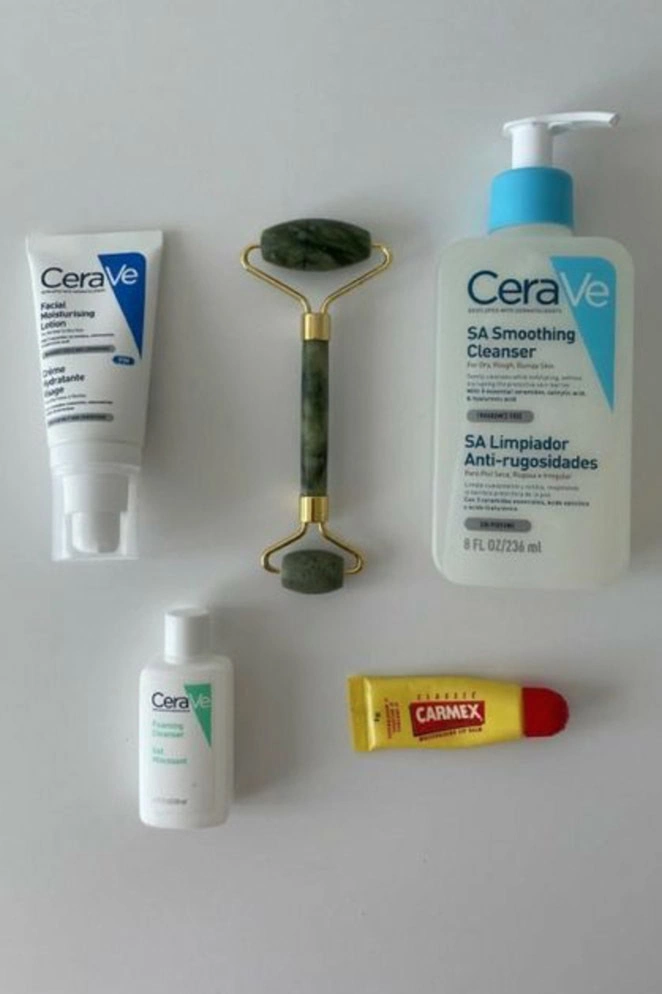
In this post I’ll discuss whether Cerave’s salicylic acid cleanser is likely to cause skin purging, what exactly a skin purge is and how you can differentiate between this and a regular breakout.
I’ll also go through my tips for how to use the Cerave SA cleanser, as well as how to minimise any negative reactions you might see when first introducing it.
The purging process explained
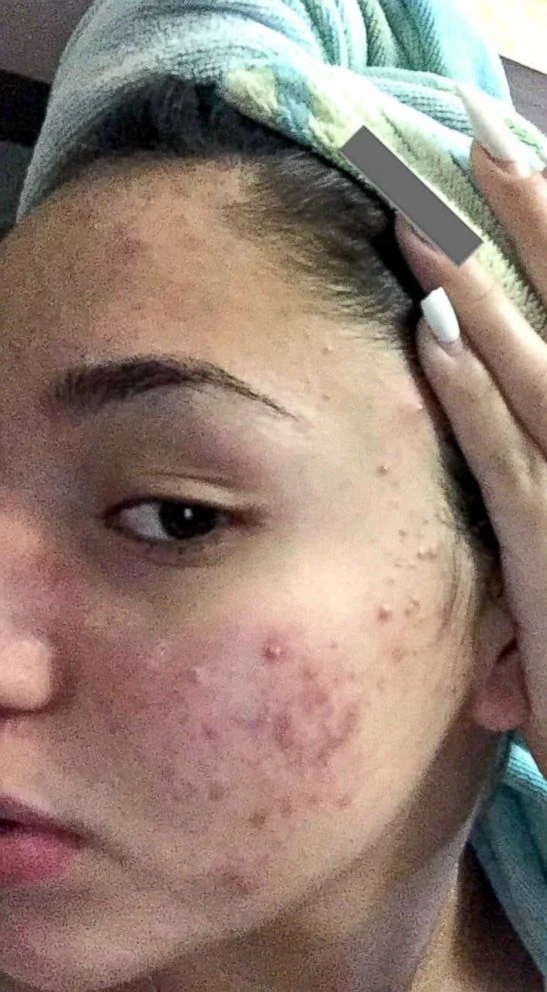
If you’ve heard a lot about ‘the purge’ and feel like you still can’t quite get your head around it, allow me to try and explain.
Skin purging occurs when a product either increases the skin cell turnover rate (retinoids) or breaks up blockages of sebum and dirt trapped beneath the skin. The latter is what happens with salicylic acid. When either of these things happen, you might see an increased amount of acne breakouts and you might feel like you’re skin is getting worse!
It’s understandable that the purge isn’t very fun to go through, but once you’re past this stage your skin will be a lot clearer and consistent.
There are several ingredients that cause purging, all to differing degrees:
- Retinoids (retinol, differin/adapalene, retinaldehyde, tretinoin, tazarotene and more)
- Chemical exfoliants such as glycolic acid, salicylic acid and lactic acid
- Azelaic acid
How long does the purge last?
Purging really depends on your skin and the product you’re using. Different active ingredients take varying times to show results. With salicylic acid, it’s usually about 4-6 weeks but it may be a little shorter or longer. This a lot shorter than you might expect with a retinoid, for example, because retinoids work differently and it can take up to 3-4 months for the purging to subside.
The purge vs. a regular breakout
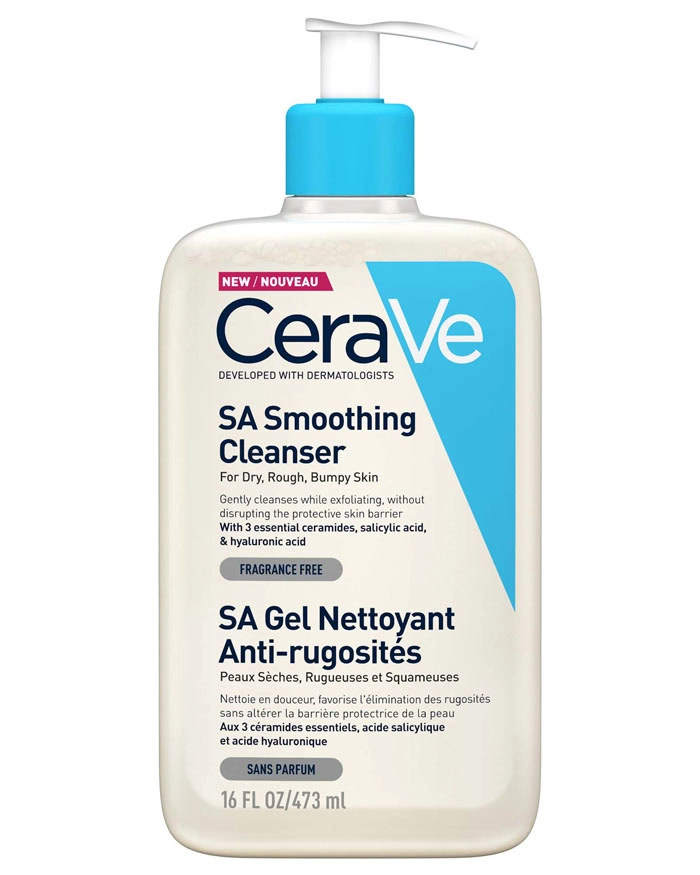
It can be confusing when you’re going through the purge, and difficult to identify whether you are experiencing purging or just a regular breakout.
There are a few key differences between purging and normal acne:
- Purging spots often appear and disappear a bit faster than regular breakouts
- They may appear rapidly throughout the day, seemingly out of nowhere. For example might wake up glowing, then notice a few new spots by the afternoon
- Purging tends to be more concentrated in areas you normally break out, but may be accompanied by smaller breakouts in areas you don’t normally break out
- You might notice an overall increase in skin texture, but this should be temporary
Overall, if you begin using salicylic acid where you didn’t previously, it is considered normal to experience a short time where your skin is worse. Unfortunately it also does tend to be worse for acne-prone skin types (hooray!).
Do all new skincare products cause a purge?
There is a common misconception that any new skincare product can cause general purging when its first introduced. In reality, things like a new moisturiser, vitamin C and cleansers without exfoliating actives should not cause any new acne. If they do, this means you probably had a negative reaction: either an allergic reaction or the product simply breaks you out.
If this happens its usually best to discontinue use of the product.
How does the Cerave SA cleanser work?
Now with an understanding of what the purging effect is, we can look more closely at how the Cerave Renewing SA Cleanser actually works. It is one of the two Cerave cleansers that contain salicylic acid, the other being the Blemish Control cleanser which also contains niacinamide.
What is salicylic acid?
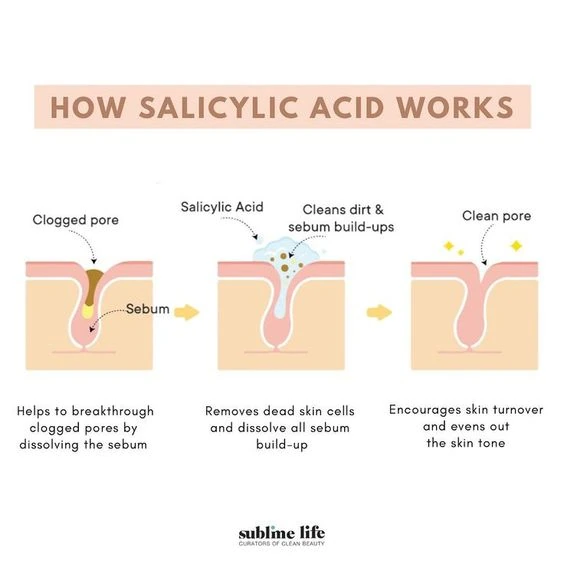
Salicylic acid is one of the active ingredients that is often recommended for oily skin, and it is a beta hydroxy acid. You might recognise the term ‘beta hydroxy acid’ in its shortened term ‘BHA’. For example the viral skincare product by Paula’s Choice, 2% BHA.
In theory it can be used for most skin types, including dry and sensitive skin, but personally I find it too drying for myself. I think the people who’ll get the most out of it are definitely the oily skins, because of the way salicylic acid works.
Salicylic acid is a chemical exfoliant, so by nature it does exfoliate the surface of the skin of dead cells like all exfoliants. However, it also exfoliates deeper than other chemical exfoliants. SA can go below the skin’s surface and break up blockages of sebum and dirt (AKA a clogged pore).
In the long run, salicylic acid can prevent your pores from becoming clogged in the first place, which is how your skin can stay clearer while using it.
Side effects of salicylic acid
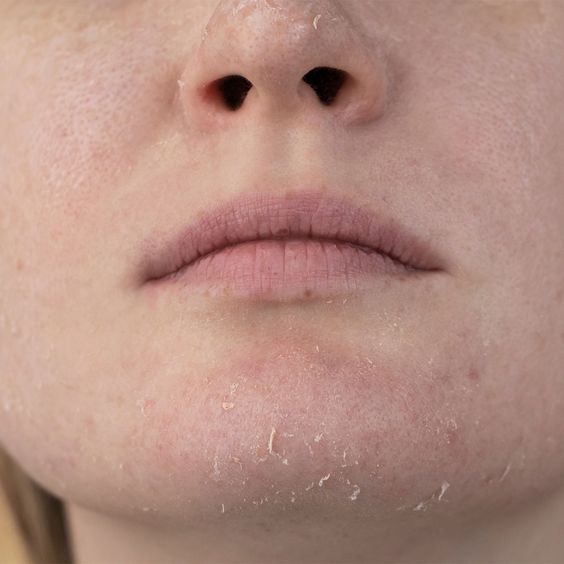
During the start of treatment, when you first start using the Cerave SA cleanser, you might notice a few side effects:
- Dry skin – skin can feel much drier to begin with, but should eventually subside
- Skin irritation – salicylic acid can be tough on your skin at first, so you may notice some redness
- Flaky skin
- Bumpy skin or a slight increase in texture
- Purging, unfortunately!
So does Cerave SA cleanser cause purging?
Yes it absolutely might do, especially if you’re already acne prone. However, the salicylic acid purge is usually much easier to get through than something like the retinoid purge. Luckily, there are a few things you can do when introducing new skin care products to soften the blow to your skin.
Protecting the skin barrier
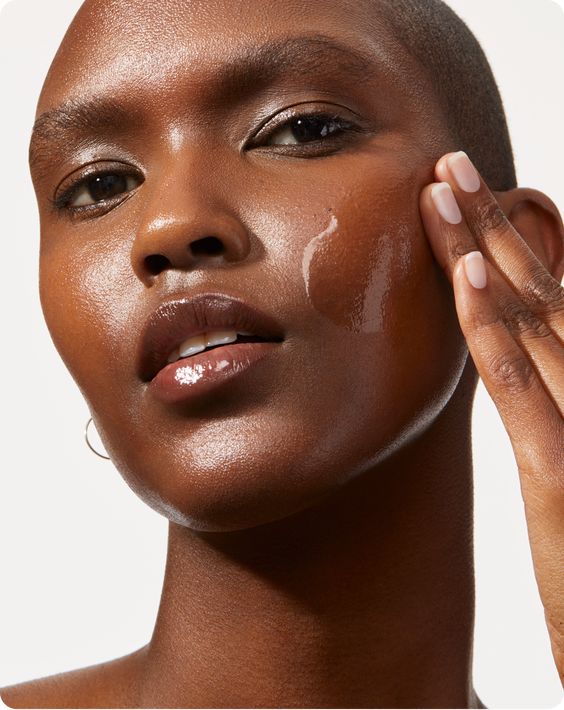
The skin’s natural barrier can be disrupted and damaged when you start a skin care regimen that includes acids, retinoids or both. So if you do begin using the Cerave SA cleanser, the most important thing is to protect it.
Some ways you can protect the skin barrier include:
- Introducing the product slowly. Don’t just start using it every single day
- Alternate the SA cleanser with a gentle cleanser without acids
- Make sure you’re using a barrier serum that includes things like: essential ceramides, hyaluronic acid, niacinamide, centella and more
There are also a few different ways you can use the Cerave SA cleanser:
- As a body wash on body acne – back and chest for example
- As a treatment 1-2x per week. It doesn’t have to be your cleanser for every single day. Personally I’d recommend not using it every day!
Cerave SA cleanser vs salicylic acid serum
You might wonder if you should use the SA cleanser or a salicylic acid serum. It really depends on what you’re looking to achieve.
Leave-on vs wash-off skincare
If you think about it, the cleanser is a product that touches your skin for about 30 ish seconds and then is washed off, whereas a serum is a leave-on product that stays on your skin overnight. In a way you could say this suggests a serum is ‘stronger’, but stronger isn’t always better.
It’s also about what fits into your routine most easily. Personally, I prefer to suggest keeping exfoliating actives to serums only, so that you aren’t exfoliating every single day because it’s in your cleanser. I actually think this is one of the main problems with this cleanser – so many people have no idea they’re exfoliating! Or they forget that they’re exfoliating every day by default just because they have this cleanser.
Using only water based cleansers without exfoliating actives allows you to pick and choose when you want to exfoliate. If you exfoliate too much, you can dry your skin out and cause it to produce excess sebum. It can also damage your skin barrier, allowing bacteria in where it shouldn’t be. Both of these things combined can cause more acne, so it’s really worth avoiding.
Salicylic acid vs retinol
I’ll compare these two ingredients because I am usually asked about them. They have different uses and suit different types of acne.
Salicylic acid is much less irritating than retinoids, but it lacks the anti-aging power of retinoids. If you had mild acne and sensitive skin, you might want to try salicylic acid first. However if, like me, you have normal-dry skin, salicylic acid may be too drying. Or you might be able to use it once or twice without experiencing dryness, but that isn’t enough to see results. If this is the case, consider using a retinoid. I’ve written a post on the best retinoids for clog prone skin. Remember, though, you can’t use retinoids while pregnant!
If your acne is moderate-severe, I would personally suggest using a retinoid. If you were to visit a dermatologist, they will often prescribe a retinoid. Retinoids are commonly misconstrued with being only for anti-ageing, but actually they are originally an acne treatment. They’re fantastic for acne and you just get the added bonus for anti-ageing.
This post answered the question: does Cerave SA cleanser cause purging? You may also like:
- What’s the Difference: Cerave Retinol Serum vs Skin Renewing
- Will a Professional Facial Help with Acne Breakouts?